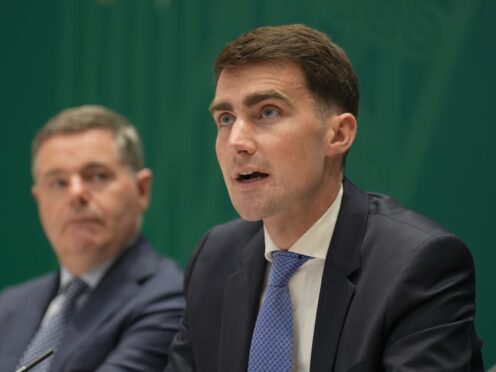Ireland’s next Budget will be worth 8.3 billion euro, but the Finance Minister denied it would represent a “giveaway” Budget.
Cabinet signed off on the Summer Economic Statement (SES) on Tuesday, which gives a broad sketch of what the next budgetary package will be worth.
It sets out a spending package of 6.9 billion euro and a tax package worth 1.4 billion euro for the Budget, to be officially unveiled on October 1.
This represents an extra 300 million euro in the tax package compared to last year, and 1.8 billion euro set aside for additional spending measures.
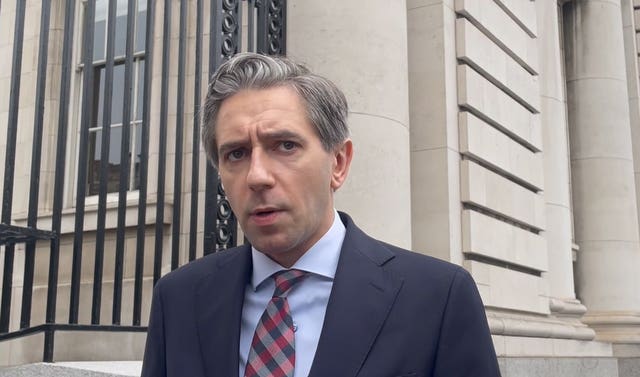
The statement also projects a surplus of under six billion euro for next year, compared to a surplus of 8.3 billion euro in 2023.
It also notes that inflation fell to 1.5% in June, the lowest rate since April 2021.
Finance Minister Jack Chambers, who took over the job just three weeks ago, said they had sought to sustain and properly fund public services for “a bigger and better state”.
Although further one-off measures were not ruled out for Budget 2025, Mr Chambers said if they were they would be at a lower scale to previous years.
He also warned that Ireland’s headline fiscal position “masks the underlying vulnerabilities present”, as it is heavily reliant on tax revenues paid by multinational companies.
“This is about sustaining and properly funding this serious expansion of public services that we’ve seen over the past years and it’s about strengthening those for the future.
“But juxtaposed with that is the need to ensure that not only are we going to get a bigger state but it has to be a better state, and we have to look at outputs in the context of the wider public services that we sought to deliver.”
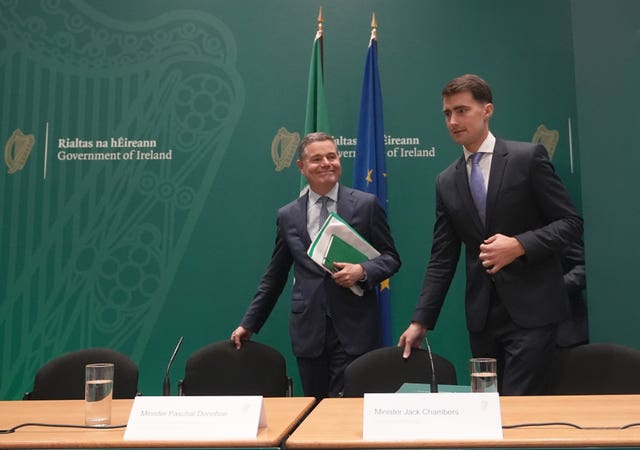
Public Expenditure Minister Paschal Donohoe said he believes the statement “gets the balance right between keeping our public finances safe and getting ready for the risks of tomorrow”.
He said that due to the complexity of providing health services and the effect of inflation and the pandemic, there was a need for “significant additional funding” for the Department of Health.
Health is to receive an extra 1.5 billion euro this year and 1.2 billion euro next year.
Mr Donohoe said this provides “an opportunity to strengthen financial planning and governance within the HSE” and to link the “significant” funding with “improved outputs”.
Asked about taxation measures in the Budget, Mr Chambers said that they will have to decide where an additional 300 million euro allocated under tax measures will go, but said that “workers are a priority”.
“We haven’t yet worked through how that will be calibrated except to say that it will be progressive and obviously will support low and middle income earners as an absolute priority.”
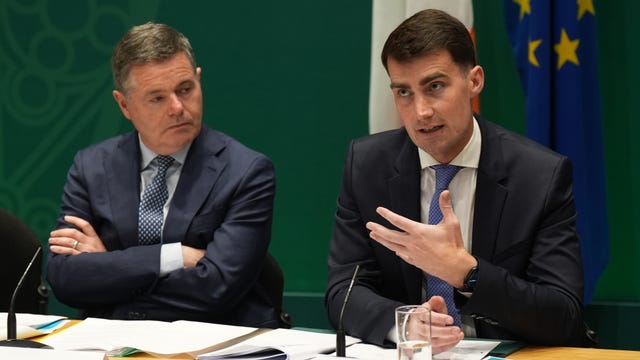
The July economic publication aims to increase transparency by giving more opportunities to question the Irish Government’s financial decision-making.
Ministers were asked about once again increasing expenditure beyond their own 5% rule, which was set out by the Government to ensure sustainable public spending.
They said the additional spending was mostly to maintain existing services, but Mr Donohoe said the 5% spending rule had worked to rein in expenditure.
“The 5% rule has already performed a very important service in ensuring that when we came out of the pandemic environment we had a downward pressure on public spending. I’m confident that we wouldn’t have been in the position that we would be of running surpluses over the last number of years if we didn’t have a 5% spending target in place.”
He also argued that although the headline SES figure looked like an increase, the additional funds were about “how do we stay still from a public service delivery point of view?” and to deliver on capital commitments already made.
“These figures are not driven by us allocating additional money that we have in recent years in new decisions. It is mostly driven by the impact of maintaining what we have and ensuring that we can properly fund that next year.”
“This isn’t a giveaway Budget,” Mr Chambers added.
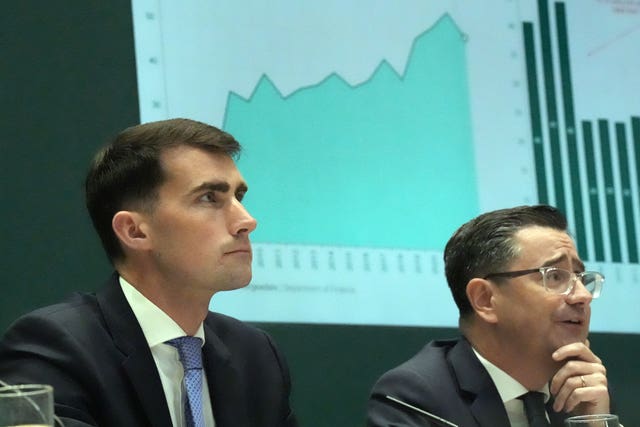
Amid rumours of an election before the end of the year – and after a strong performance by the coalition government’s two main parties coupled with Sinn Fein’s lacklustre result in European and local elections – there has been a suggestion that there will be a Budget “giveaway” this autumn.
Asked about the prospect of a “giveaway” Budget on his way into Cabinet on Tuesday, Taoiseach Simon Harris said it would be an “expansionary” package.
The Fine Gael leader said the three coalition party leaders had had “a number of very intensive engagements” over Budget 2025 with Mr Chambers and Mr Donohoe.
He said the Government was “very conscious of the need to balance” the country’s finances to help working families and the vulnerable people in society but without going back to the Irish economy’s “bad old days”.
“I always wonder what that phrase ‘giveaway budget’, what that actually means,” Mr Harris said.
“Every budget, when your economy is doing well, it does try to give people back some of their own money, and that’s what it is – some of their own money in terms of tax changes.
“We never want to see this country go back to the bad old days of ‘because I have it I’ll spend it’.
“But at the same time, we need to recognise that there is a need to help working families and help certain groups in society.”
